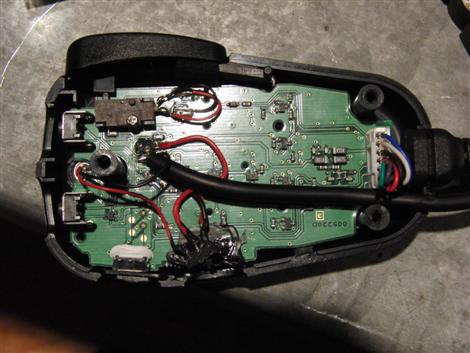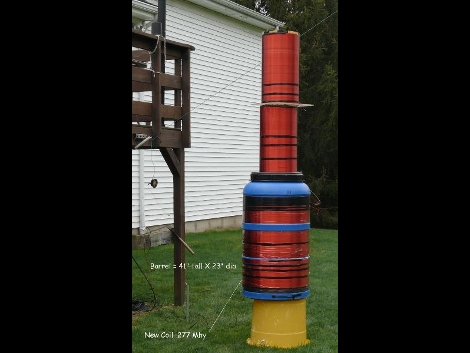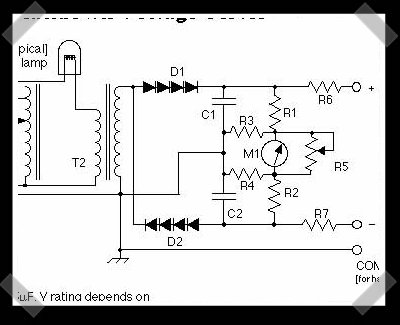
Low bandwidth speech compression is a desirable concept for amateur radio enthusiasts. Unfortunately there isn’t a great open-source option out there, but that’s changing with the low-bitrate speech compression package called Codec2. It manages to transmit and decode at 2550 bits per second with results comparable to proprietary solutions like MELP and very near the initial goal of 2400 bit/s. [David Rowe], who spearheads the project, has been simulating communications using a Linux box and has posted audio snippets at the first link above for comparison. They’re looking for feedback and testing so if you interested give them a helping hand.
[Thanks Robomo]
















